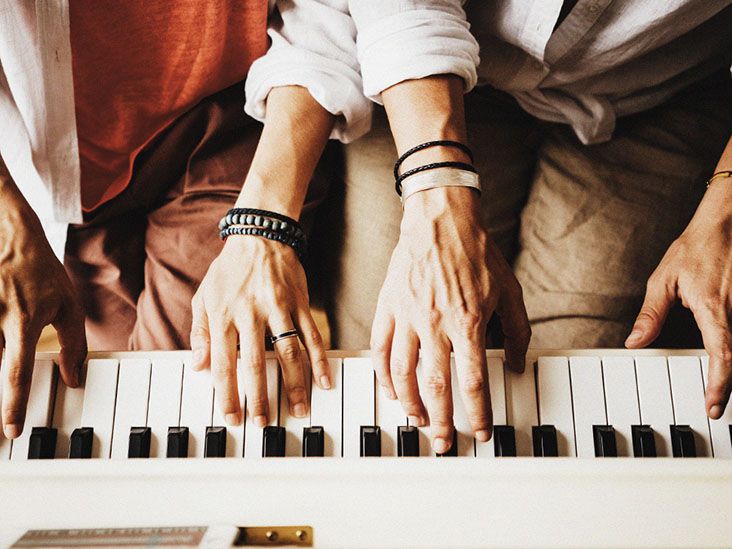Explorez les résultats de recherche web liés à ce domaine.

Whether you’re dealing with anxiety, ... feelings and find clarity. Our experienced art therapists guide you through creative exercises tailored to your needs, helping you unlock new perspectives and foster mental and emotional well-being....
Whether you’re dealing with anxiety, depression, trauma, or simply seeking personal growth, art therapy provides a safe and supportive space to express your feelings and find clarity. Our experienced art therapists guide you through creative exercises tailored to your needs, helping you unlock new perspectives and foster mental and emotional well-being.Art therapy offers a unique avenue to enhance your mental health and emotional well-being. Through the creative process, you can explore and process difficult emotions in a non-verbal way, making it easier to express and understand your feelings.This form of therapy can help alleviate symptoms of depression, anxiety, and other mental health issues, fostering a greater sense of peace, balance, and overall happiness. Art therapy provides a safe and nurturing environment where you can freely express yourself without judgment. It encourages the exploration of your creative potential, allowing you to communicate thoughts and feelings that may be hard to put into words.Art therapy is a unique and powerful form of therapy that harnesses the healing power of creativity and self-expression. By engaging in the artistic process, individuals can explore their emotions, reduce stress, and gain insights into their inner selves.
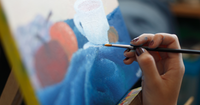
From painting to poetry, music ... form of therapy empowers individuals to tap into their innate creativity and find strength in the process. The healing power of creativity has been recognized for centuries, with ancient civilizations using artistic expression as a means of promoting mental, emotional, and spiritual well-be...
From painting to poetry, music to movement, this innovative form of therapy empowers individuals to tap into their innate creativity and find strength in the process. The healing power of creativity has been recognized for centuries, with ancient civilizations using artistic expression as a means of promoting mental, emotional, and spiritual well-being.Expressive arts therapy offers a holistic approach to treating addiction and mental health issues. By combining creative expression with therapeutic techniques, individuals are able to gain insight into their struggles, process difficult emotions, develop coping skills, and ultimately find strength through creativity. It is a powerful tool that has helped many individuals on their journey towards recovery and improved mental wellbeing.Through the use of creative mediums, clients are encouraged to explore their own unique way of communicating and processing information. This allows them to gain insight into their own behaviors, patterns, beliefs, and emotions. In addition to promoting self-awareness, Expressive Arts Therapy also helps individuals develop coping skills and improve their overall well-being.Oftentimes, individuals with addiction or mental health challenges struggle to express their feelings in healthy ways. This can lead to bottling up emotions or expressing them in destructive behaviors. Through various forms of creative expression such as art therapy, music therapy, writing, or dance therapy, individuals are able to channel their emotions into a tangible form.
Art therapy stands as a vibrant testament to the profound connection between creativity and mental wellness. By embracing artistic expression, individuals can embark on a journey of self-discovery, emotional release, and enhanced communication.
In the realm of mental health, a captivating avenue for exploration and healing lies in the expressive world of art therapy. This blog post delves into the therapeutic benefits of art, its impact on mental well-being, and practical ways individuals can harness their creativity to promote positive mental health.Art therapy bridges communication gaps, enabling individuals to convey their experiences and perspectives through visual expression. Practical Ways to Embrace Art for Mental Wellness: ... Allow yourself the freedom to create without specific goals or expectations. Expressive and abstract art can be a powerful way to tap into your emotions and creativity.Art therapy stands as a vibrant testament to the profound connection between creativity and mental wellness. By embracing artistic expression, individuals can embark on a journey of self-discovery, emotional release, and enhanced communication.Collage-making can be a therapeutic way to explore your feelings and aspirations in a visually symbolic way. ... Engage in collaborative art projects with friends, family, or support groups. The shared creative experience can strengthen connections and create a sense of community.
Art therapy uses active art-making, the creative process, and applied psychological theory—within a psychotherapeutic relationship—to enrich the lives of individuals, families, and communities. Art therapists are mental health clinicians with Master’s degrees or higher that serve clients in different settings—from medical institutions and schools, to wellness ...
Art therapy uses active art-making, the creative process, and applied psychological theory—within a psychotherapeutic relationship—to enrich the lives of individuals, families, and communities. Art therapists are mental health clinicians with Master’s degrees or higher that serve clients in different settings—from medical institutions and schools, to wellness centers and independent practices."If I could offer advice to someone pursuing a career in art therapy, it would be to invest in your own mental health and wellness. Hurt people hurt others, and healed people are most equipped to accompany others on their own healing journeys.A Master’s degree is necessary to practice art therapy. Coursework includes training in the creative process, psychological development, group therapy, psycho-diagnostics, research methods, and multicultural diversity competence.The American Art Therapy Association represents a diversity of professionals, students, and educators. We recognize and celebrate the work of our members at all levels through our Featured Member series. “I understood the positive impact of my creative endeavors, long before I had ever heard of art therapy.
Art therapy is a form of psychotherapy that uses the creative process of making art to improve a person's physical, mental, and emotional well-being. It's based on the idea that expressing oneself artistically can help people heal and manage their feelings, reduce stress, and improve self-awareness ...
Art therapy is a form of psychotherapy that uses the creative process of making art to improve a person's physical, mental, and emotional well-being. It's based on the idea that expressing oneself artistically can help people heal and manage their feelings, reduce stress, and improve self-awareness and self-esteem.
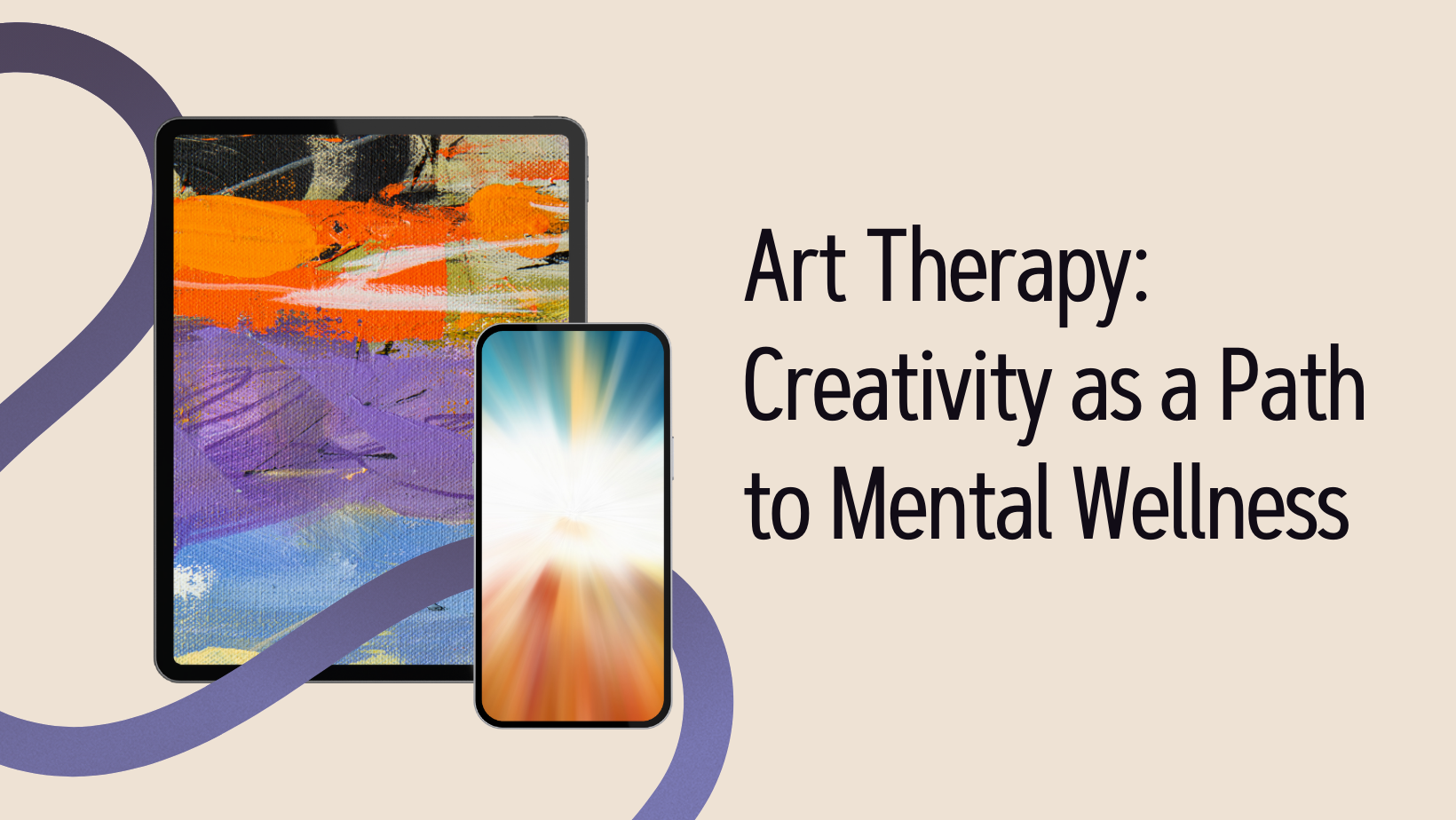

When the soul cries out for healing, art therapy emerges as a powerful catalyst, unlocking the transformative potential of creativity in the pursuit of mental well-being. This vibrant approach to healing has been gaining traction in recent years, offering a unique blend of self-expression and ...
When the soul cries out for healing, art therapy emerges as a powerful catalyst, unlocking the transformative potential of creativity in the pursuit of mental well-being. This vibrant approach to healing has been gaining traction in recent years, offering a unique blend of self-expression and therapeutic guidance.Since then, it has evolved into a respected field of study and practice, with trained professionals helping individuals navigate their mental health journeys through various creative mediums. When we think of art therapy, our minds might immediately conjure images of easels and paint-splattered canvases. While visual art therapy is indeed a significant component, it’s just one hue in a vibrant spectrum of creative healing approaches. Visual art therapy, the most well-known form, encompasses drawing, painting, sculpting, and collage-making.As our understanding of the mind-body connection deepens, the role of creative expression in mental health treatment is likely to grow even more significant. For those curious about exploring art therapy, remember: you don’t need to be an artist to benefit from this approach. All you need is an open mind and a willingness to explore. Whether you’re dealing with specific mental health challenges or simply looking to enhance your emotional well-being, art therapy offers a unique path to self-discovery and healing.So why not pick up a paintbrush, strike up a tune, or put pen to paper? Your journey of creative healing might be just beginning. After all, within each of us lies an artist waiting to emerge, ready to paint the path to mental well-being with strokes of vibrant self-expression. ... 1. American Art Therapy Association.
Depending on the needs of the individual and their experiences with therapy, a mental health care provider may use different techniques to help their client. According to Very Well Mind, the purpose of art therapy is to help develop a greater sense of self-awareness through creative expression ...
Depending on the needs of the individual and their experiences with therapy, a mental health care provider may use different techniques to help their client. According to Very Well Mind, the purpose of art therapy is to help develop a greater sense of self-awareness through creative expression and, in turn, learn additional coping mechanisms that can help them lower stress levels or reduce feelings of depression or anxiety.Many people who participate in art therapy find that they continue drawing, painting, sculpting and creating well after their therapy programs are complete. When art therapy techniques become part of the daily routine, they can help ward off ongoing feelings of anxiety, depression and stress. Combining the freedom of the creative arts with proven mindfulness techniques and healing strategies, the Expressive Arts Therapy certificate program at Husson University could equip you with the skills needed to pursue this niche career path.Art therapy for mental health is considered an incredibly beneficial treatment option, especially when used in combination with other mental health care services. Art therapy has the power to: The process of creating art can help naturally reduce stress levels and minimize anxiety, largely because it requires the individual to remain present and focused on the task at hand. Additionally, the creative arts allow for plenty of flexibility and an opportunity for people to express themselves in ways they may not be able to in other parts of their lives.Uncover the benefits of art therapy for mental and physical health. Learn how art therapy techniques can support mental health and foster personal development. Contact Husson University for information about our Expressive Arts Therapy certificate program.
Many people also find that doing ... their mental health. So finding ways to be creative without using a therapist can be a good way to support your wellbeing too. As with all treatments, different things work for different people at different times. If something hasn't worked for you, it's important not to blame yourself. While some people find arts and creative ...
Many people also find that doing creative activities on their own, or in groups as part of a hobby, helps their mental health. So finding ways to be creative without using a therapist can be a good way to support your wellbeing too. As with all treatments, different things work for different people at different times. If something hasn't worked for you, it's important not to blame yourself. While some people find arts and creative therapies helpful, not everyone does.Find out about the different types of arts and creative therapies and how to access them.Browse our online range including our range of mental health resources, wedding favours, Pause for Mind and greetings cards. ... Explains the different types of arts and creative therapies and how to access them.Our information on getting the most from therapy might help when you're getting started. Or if arts and creative therapies aren't for you, see our pages on seeking help for a mental health problem for other options you could try. < Dialectical behaviour therapy (DBT) Ecotherapy >
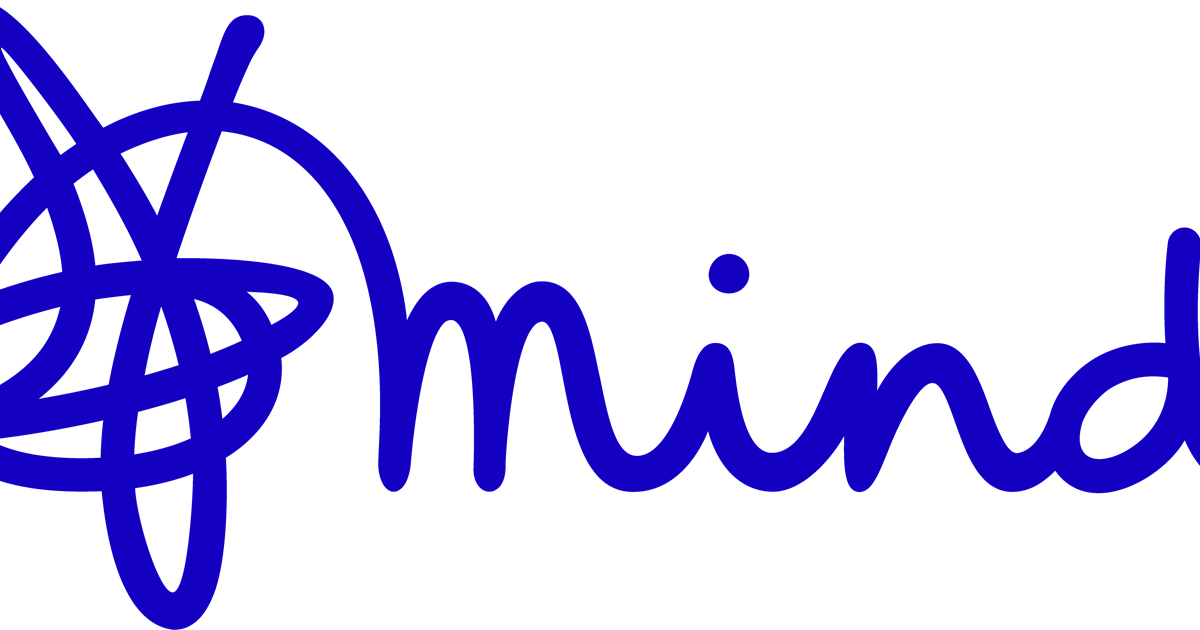
Stella Luna Counseling and Wellness in Cleveland offers Expressive Arts Therapy with licensed, masters degree Art Therapist, Purandev Kaur. Discover the power of creativity today!
As an art therapist, I harness these benefits of the creative process and more within an art therapy session for the benefit of my client. If this sounds fascinating, liberating, challenging, exciting, or if you’re just curious to see what your inner O’Keefe or Van Gogh has to say about your inner life and consciousness and the state you are in currently, why not engage with our resident Art Therapist, Purandev Kaur, and experience Expressive Arts Therapy at Stella Luna Counseling and Wellness.She emphasizes the creative process over the final art product and combines traditional CBT and DBT techniques into art therapy sessions. “I am a true believer in the healing power of creativity.” · Learn more about Purandev and her work with Stella Luna Counseling & Wellness.Somewhere along the way, it seems, many of us learned to believe that we weren’t creative and that if we couldn’t produce professional, studio-grade works of art, then we had no right to call ourselves creative, let alone artists. There are a few basic principles that I believe as an art therapist.There are likely hundreds of ways that you employ creativity every day without even realizing it—from the clothes you choose to wear, to the way you creatively select ingredients when you cook, to the way you creatively problem solve a solution to your toddler’s tantrum at bedtime. In art therapy, we are encouraged to take a broader look at how we define creativity, and we operate under the assumption that all people are naturally creative – simply through the way they live their lives.
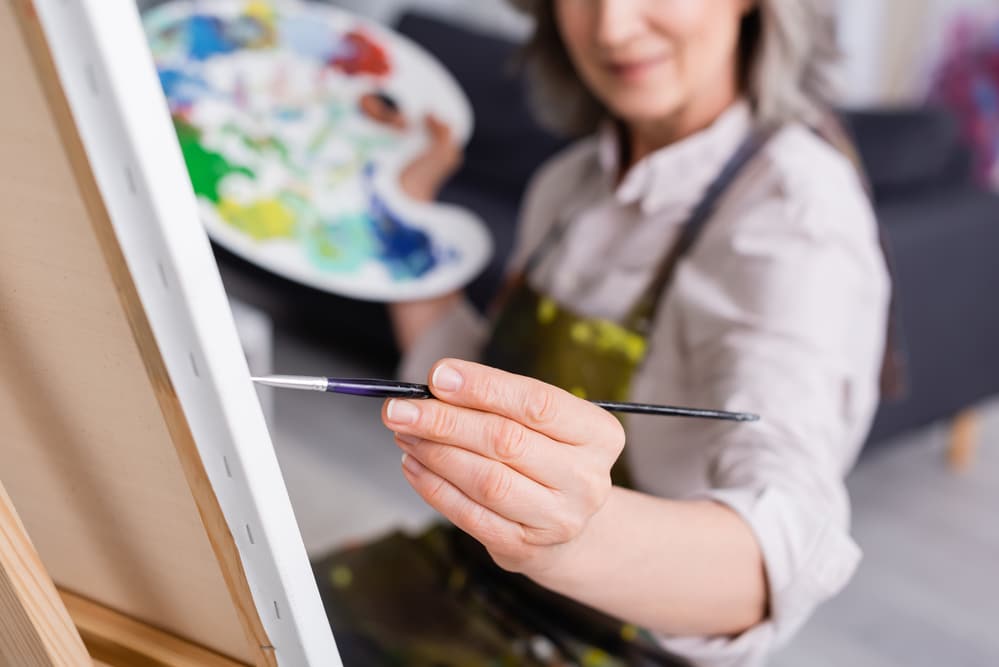
Creative arts are used in supporting mental health care in a variety of ways. Art therapy uses creative means to treat mental illnesses and improve mental health. It can involve various treatments, such as theater therapy, dance movement psychotherapy, music therapy, poetry, pottery drawing, ...
Creative arts are used in supporting mental health care in a variety of ways. Art therapy uses creative means to treat mental illnesses and improve mental health. It can involve various treatments, such as theater therapy, dance movement psychotherapy, music therapy, poetry, pottery drawing, painting and craft therapy.Art therapy uses integrative techniques to captivate the soul, body and mind in ways that verbal expression alone doesn't appear to (Shukla). Below are a few examples of how creative arts are being tapped to support mental health treatment and recovery.Americans who rate their mental health as very good or excellent tend to engage in creative activities more frequently than those who rate their mental health as fair or poor. Read more. Liu, Q., Wang, F., Tan, L., Liu, L., Cheng, H., & Hu, X. (2023). Comparative efficacy of various art therapies for patients with dementia: A network meta-analysis of randomized controlled trials.“Art-based interventions seemed to be interesting, safe and cost-effective for women”, and “could provide a new avenue for preventing perinatal mental health problems and help to reduce the likelihood of developing a mood disorder and needing pharmacological treatment,” the authors concluded. In addition to targeted art therapy, simply engaging in creative activities can boost your mental health.
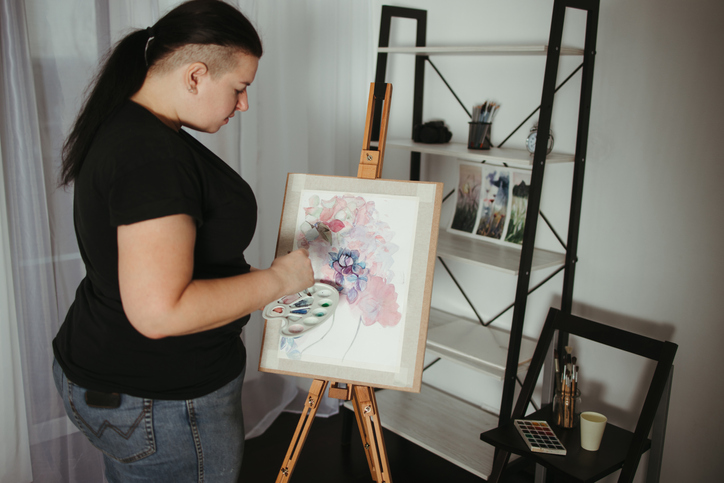

Art therapy is an integrative form ... through creative expression. It is a form of psychotherapy that involves the use of different art forms and mediums to aid in communication and help people to explore their experiences. · Art therapy is used in various settings with individuals, couples, families, and groups to support people of all ages with mental health and ...
Art therapy is an integrative form of therapy that helps individuals heal through creative expression. It is a form of psychotherapy that involves the use of different art forms and mediums to aid in communication and help people to explore their experiences. · Art therapy is used in various settings with individuals, couples, families, and groups to support people of all ages with mental health and physical conditions.Art therapy is a type of psychotherapy that provides a way for people to express emotions and experiences. It offers physical and mental health benefits. Learn how it works and what to expect.Art therapy can help to reduce stress, shame, depression, and anxiety in these cases. Research suggests it can build self-awareness and self-esteem, but more study is needed to fully understand these effects. People living with a cancer diagnosis experience pain, fatigue, nausea, and other physical symptoms as well as mental health challenges like anxiety and depression.Some techniques used in art therapy include but are not limited to: ... A person can engage in creative activities at home.
This article explores how art therapy allows us to explore and resolve inner conflicts through creative expression when traditional verbal methods fall short.
Art therapy is often assumed to be as simple as drawing one’s feelings, but it’s actually a powerful and often misunderstood tool that can help us move toward greater wellness. The quote above by Carl Jung captures the essence of this. This article explores how art therapy allows us to explore and resolve inner conflicts through creative expression when traditional verbal methods fall short. It is a dynamic process of change and growth involving actively making choices that help to create a fulfilling life, integrating healthy habits, and striving for both physical and mental well-being.Everyone has an inherent capacity for creativity, regardless of skill level. In art therapy, there is no “good” or “bad” art. The art therapist inquires with curiosity and asks questions like, “What would you like to share” or “Can you tell me about your image?” The client is encouraged to interpret their art, with meaning evolving over time. Art therapy offers a multifaceted approach to enhancing well-being and self-discovery.If you’re curious about exploring art therapy, consider reaching out to a certified art therapist to discover how this creative approach can support your journey towards greater wellness.Sarah, LCAT (Licensed Creative Art Therapist) and LPC (Licensed Professional Counselor), is Wellness Coordinator, Art Therapist, and Staff Clinician at Anxiety Institute.


Art therapy uses creative processes, primarily visual art such as painting, drawing or sculpture, with a view to improving physical health and emotional wellbeing. When people face significant physical or mental ill-health, it can be challenging to put their experiences into words.
Read more: Creative arts therapies can help people with dementia socialise and express their grief · Art therapy has supported improved mental health outcomes for people who have experienced trauma, people with eating disorders, schizophrenia and dementia, as well as children with autism.She has received funding from the Health Education and Training Institute (HETI) for the Mental Health Research Award. She is a Registered Art Therapist with the Australia, New Zealand and Asian Creative Arts Therapies Association (ANZACATA) and Registered Clinical Counsellor with the Psychotherapists and Counsellors Federation of Australia (PACFA).In previous research we found art therapy was considered by adolescents in hospital-based mental health care to be the most helpful group therapy intervention compared to other talk-based therapy groups and creative activities.The burgeoning research showing the benefits of art therapy for both physical and especially mental health highlights the value of creative and innovative approaches to treatment in health care.

Christine Nazarian, Psy.D., faculty ... overall well-being both inside and outside of the therapy office. ... When was the last time you engaged in a creative activity? As adults, we often neglect creative endeavors such as art-making, assuming they’re only for children. However, creative pursuits offer significant benefits for mental health such ...
Christine Nazarian, Psy.D., faculty in the Department of Marriage and Family Therapy at The Chicago School's Southern California Campus, shares how, as a registered art therapist, she finds art-making supports overall well-being both inside and outside of the therapy office. ... When was the last time you engaged in a creative activity? As adults, we often neglect creative endeavors such as art-making, assuming they’re only for children. However, creative pursuits offer significant benefits for mental health such as stress reduction, improved emotional expression, and increased self-awareness.Let your creativity flow without any specific goal in mind. Adult coloring books offer intricate designs to color. Use markers to add vibrant colors to the pages, promoting relaxation and focus. What type of art-based self-care activities pique your interest? If you’re keen on delving deeper into the fusion of art creation and mental well-being, consider following @artfulpsych on Instagram and Facebook for more insights and inspiration.Traditional art classes often emphasize specific techniques, composition, and the final product, which can induce stress and anxiety associated with judgment and criticism. Creating art for self-care shifts the focus to the experience of the creative process itself, reducing stress about the outcome.Key to practicing creative self-care is mindfulness, i.e., approaching it with a nonjudgmental mindset and staying in the present moment. This thoughtful approach to art-making leads to a

Explore mental wellness through transformative art therapy with Painting Your Soul. Discover healing through expressive creativity.
Even before my personal crisis, I always recognized the phenomenal power of creativity as a means of self-discovery and healing. As I worked through my own and others’ mental battles through workshops, I learned that holistic art therapy can provide the perfect “spa day for the soul.” Picture it: a blank canvas on an easel, a person leaving behind judgments and fears to dive deep, a journal for penning innermost thoughts, headphones for meditation, and a selection of paints and brushes that invoke a heartfelt, inner connection.Creative expression is a versatile, transformative tool for managing stress, overcoming challenges, and healing. Whether you are a veteran, a trauma survivor, dealing with grief, or anyone seeking mental health or emotional help, holistic art therapy can make a lasting impact on your path to wholeness.Engaging in art therapy and embracing your innate creativity is a potent and accessible means to navigate through life’s complexities, reduce stress, and nurture your mental health. As Cynthia Occelli also wrote, “If you love beauty, it’s because beauty lives in you.Providing a Safe Outlet for Expression: Artistic practices offer a healthy channel for expressing and processing emotions, building emotional release and relief. Encouraging Outreach and Connection: Engaging in creative activities can bring people together, build connections, and promote a sense of community. Improving Thought Processes, Problem-Solving, and Mood: Creativity enhances cognitive functions, problem-solving skills, and mood, contributing to improved overall mental well-being.
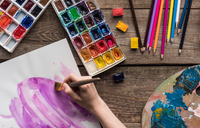
This article explores how art therapy allows us to explore and resolve inner conflicts through creative expression when traditional verbal methods fall short.
Art therapy is often assumed to be as simple as drawing one’s feelings, but it’s actually a powerful and often misunderstood tool that can help us move toward greater wellness. The quote above by Carl Jung captures the essence of this. This article explores how art therapy allows us to explore and resolve inner conflicts through creative expression when traditional verbal methods fall short. It is a dynamic process of change and growth involving actively making choices that help to create a fulfilling life, integrating healthy habits, and striving for both physical and mental well-being.Everyone has an inherent capacity for creativity, regardless of skill level. In art therapy, there is no “good” or “bad” art. The art therapist inquires with curiosity and asks questions like, “What would you like to share” or “Can you tell me about your image?” The client is encouraged to interpret their art, with meaning evolving over time. Art therapy offers a multifaceted approach to enhancing well-being and self-discovery.If you’re curious about exploring art therapy, consider reaching out to a certified art therapist to discover how this creative approach can support your journey towards greater wellness.Sarah, LCAT (Licensed Creative Art Therapist) and LPC (Licensed Professional Counselor), is Wellness Coordinator, Art Therapist, and Staff Clinician at Anxiety Institute.
Expressive arts therapy is a multimodal holistic health intervention that mobilizes creative expression in the service of healing both mind and body. It is especially well suited to clients who lack the ability to articulate their inner world with words alone.
Expressive arts therapy is a multimodal holistic health intervention that mobilizes creative expression in the service of healing mind & body.Expressive arts therapy is a multimodal holistic intervention that mobilizes creative expression in the service of healing mind & body.This book begins by describing the philosophical foundations of expressive arts therapies in poiesis (creating by making) as an antidote to mind–body dualism and modern alienation as the root cause of many mental health problems. This book will really appeal to practicing psychotherapists who want to understand how to incorporate expressive arts techniques into their existing approach. Find the book on Amazon. This book is also aimed at practicing therapists and helping professionals with an interest in expressive arts and ecotherapy. This book explains how environmentally aware creative expression can be used to heal the relationship between human beings and nature that can exacerbate and even cause mental health problems from an ecotherapy perspective.This video by Mindful Creative Muse for World Mental Health Day explains the process in more detail. This activity can be conducted with individuals or in a group and was devised by music therapist Paula Higgins.
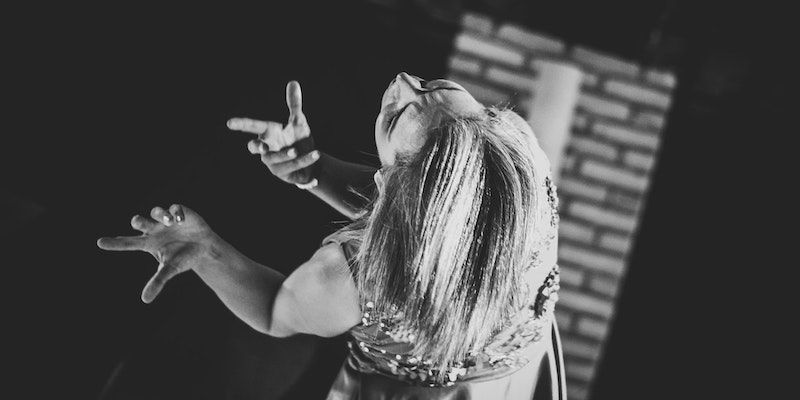

The use of artistic methods to treat psychological disorders and enhance mental health is known as art therapy. Art therapy is a technique rooted in the idea that creative expression can foster healing and mental well-being.
Your insurance may also be more likely to cover the sessions if your therapist is a certified psychologist or psychiatrist who offers creative therapies. Ask about their specialty. Not all art therapists specialize in all mental health conditions. Many specialize in working with people who have experienced trauma or individuals with substance use disorders, for example. Know what to expect. During the first few sessions, your art therapist will likely ask you about your health background as well as your current concerns and goals.Art therapy is a treatment approach that integrates psychotherapeutic techniques with the creative process to improve well-being. Learn more about art therapy.Doctors noted that individuals living with mental illness often expressed themselves in drawings and other artworks, which led many to explore the use of art as a healing strategy. Since then, art has become an important part of the therapeutic field and is used in some assessment and treatment techniques. Art therapy is not the only type of creative art used in the treatment of mental illness.According to a 2016 study published in the Journal of the American Art Therapy Association, less than an hour of creative activity can reduce your stress and have a positive effect on your mental health, regardless of artistic experience or talent.
Once you unleash your creativity, your inner artist will quickly wake up. Studies also show that creating art stimulates the release of dopamine. This chemical is released when we do something pleasurable, and it basically makes us feel happier. Increased levels of this feel-good neurotransmitter ...
I agree with this that art therapy helps patients to recover from their mental health issues. I’m also a therapist and know well about all the things but in those cases in which the patient’s mental issues are at a higher level than in this art therapy doesn’t work so for this, we need other techniques to deal with the patient.Art therapy is a great way to express your emotions without words, process complex feelings and find relief from anxiety, depression, PTSD and other disorders.Stress relief: Fighting anxiety, depression or emotional trauma can be very stressful for you both mentally and physically. Creating art can be used to relieve stress and relax your mind and body. It is very important to know that you don’t have to be a talented artist in order to try art therapy. Human beings are innately creative, and all you need to do to complete an art therapy activity successfully is, to be honest with yourself and your emotions.Once you unleash your creativity, your inner artist will quickly wake up. Studies also show that creating art stimulates the release of dopamine. This chemical is released when we do something pleasurable, and it basically makes us feel happier. Increased levels of this feel-good neurotransmitter can be very helpful if you are battling anxiety or depression. Mental health professionals and experts agree that art therapy has many benefits, from boosting your self-esteem, and providing you a safe outlet to relieve your emotions, to giving you a sense of control over your life and helping you to get to know and understand yourself better.
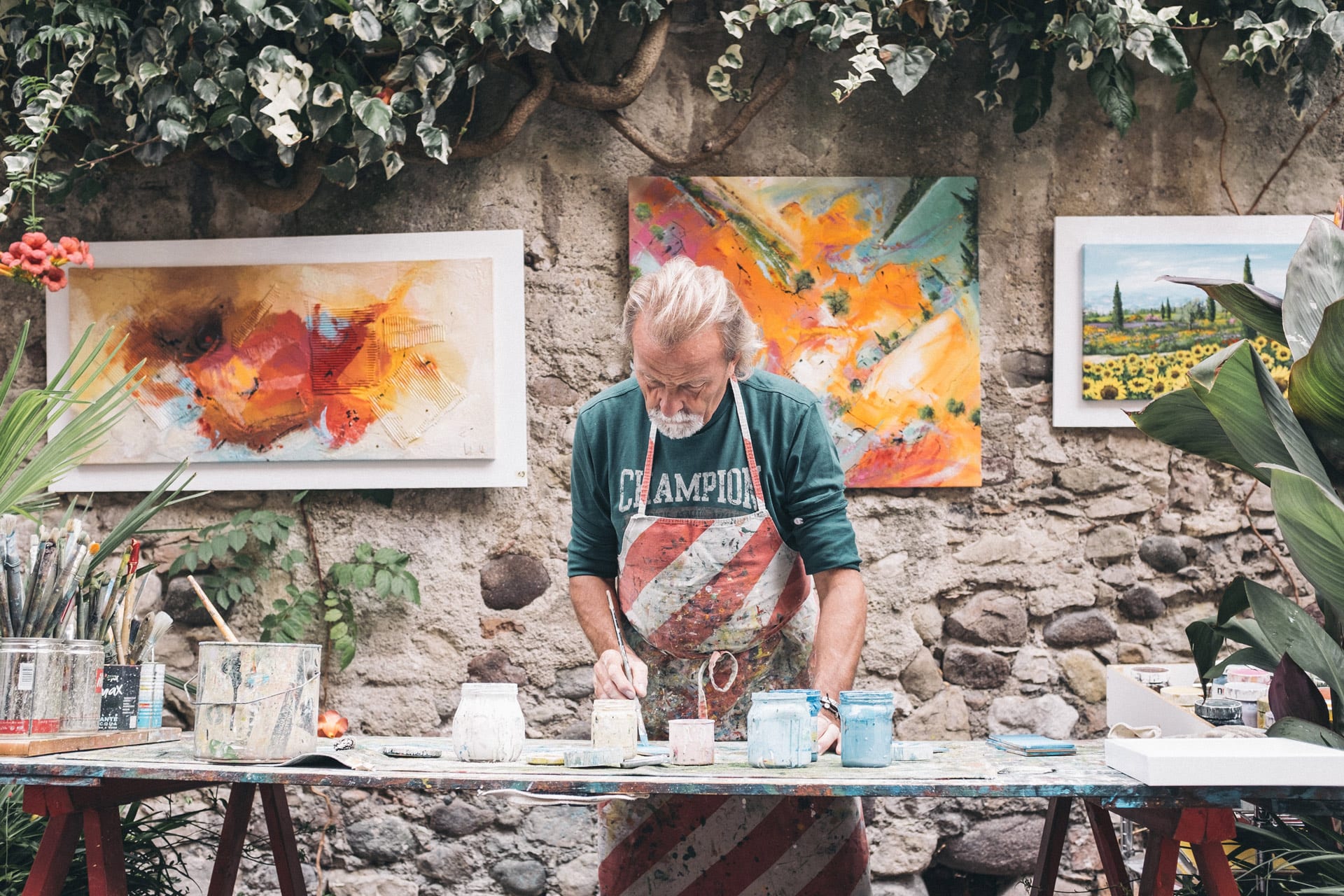
Creative therapy uses art forms — such as dance, drawing, or music — to help treat certain conditions. Trained therapists can administer creative therapy to help people experiencing a range of mental, emotional, and physical issues.
Creative therapy uses art forms — such as dance, drawing, or music — to help treat certain conditions. Trained therapists can administer creative therapy to help people experiencing a range of mental, emotional, and physical issues.Research from 2019 suggests that drama therapy may have a positive effect on the self-perception and self-expression of students with mental health or behavioral conditions. ... article from 2015 indicates that some people experience anxiety, an increase in pain, and unresolved emotions with creative therapy.Creative therapy is a form of therapy that involves a person receiving treatment through art-based activities. Creative therapy can have many benefits and seems to be useful for people with various physical, mental, and emotional conditions.Art therapy works by harnessing the powerful effect that creative expression has on human understanding and communication for therapeutic means. Learn…READ MORE ... Teletherapy is when people receive therapy for mental health issues digitally, usually by videoconferencing.
